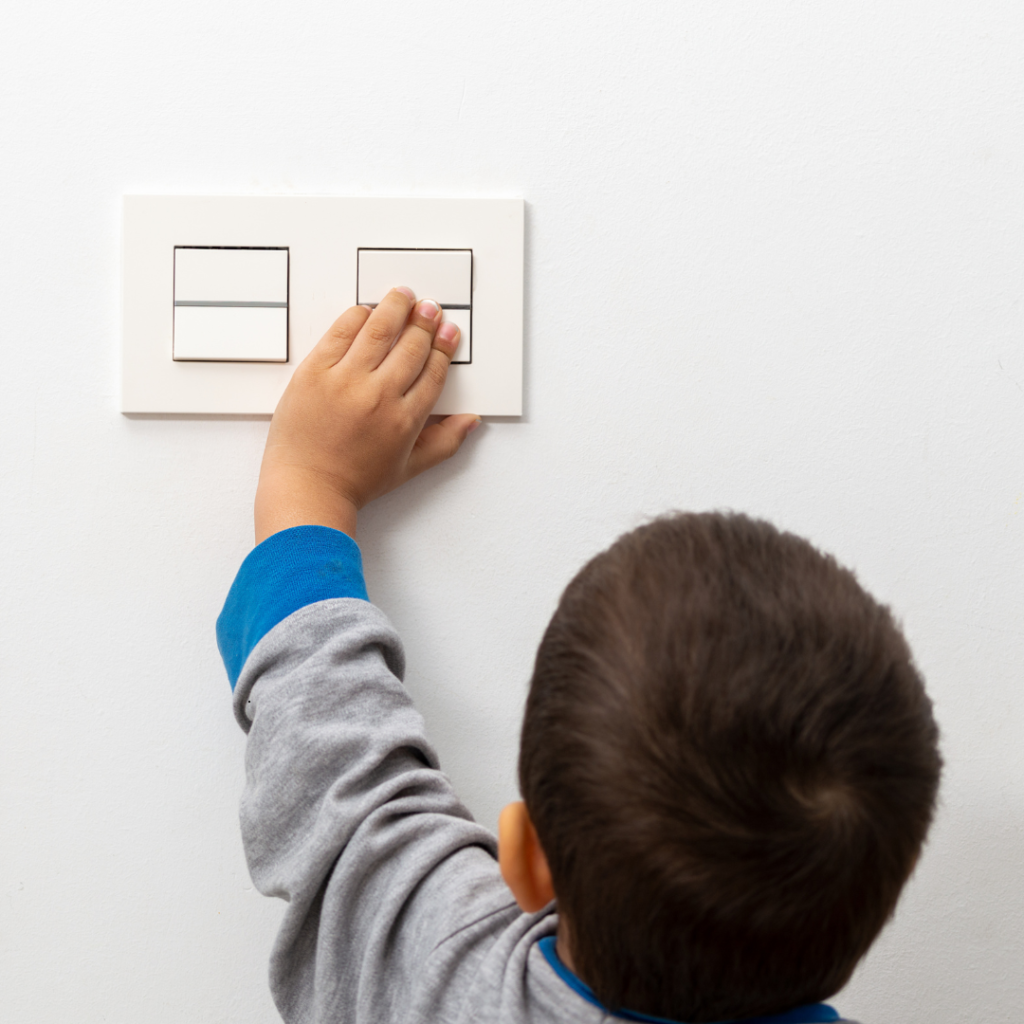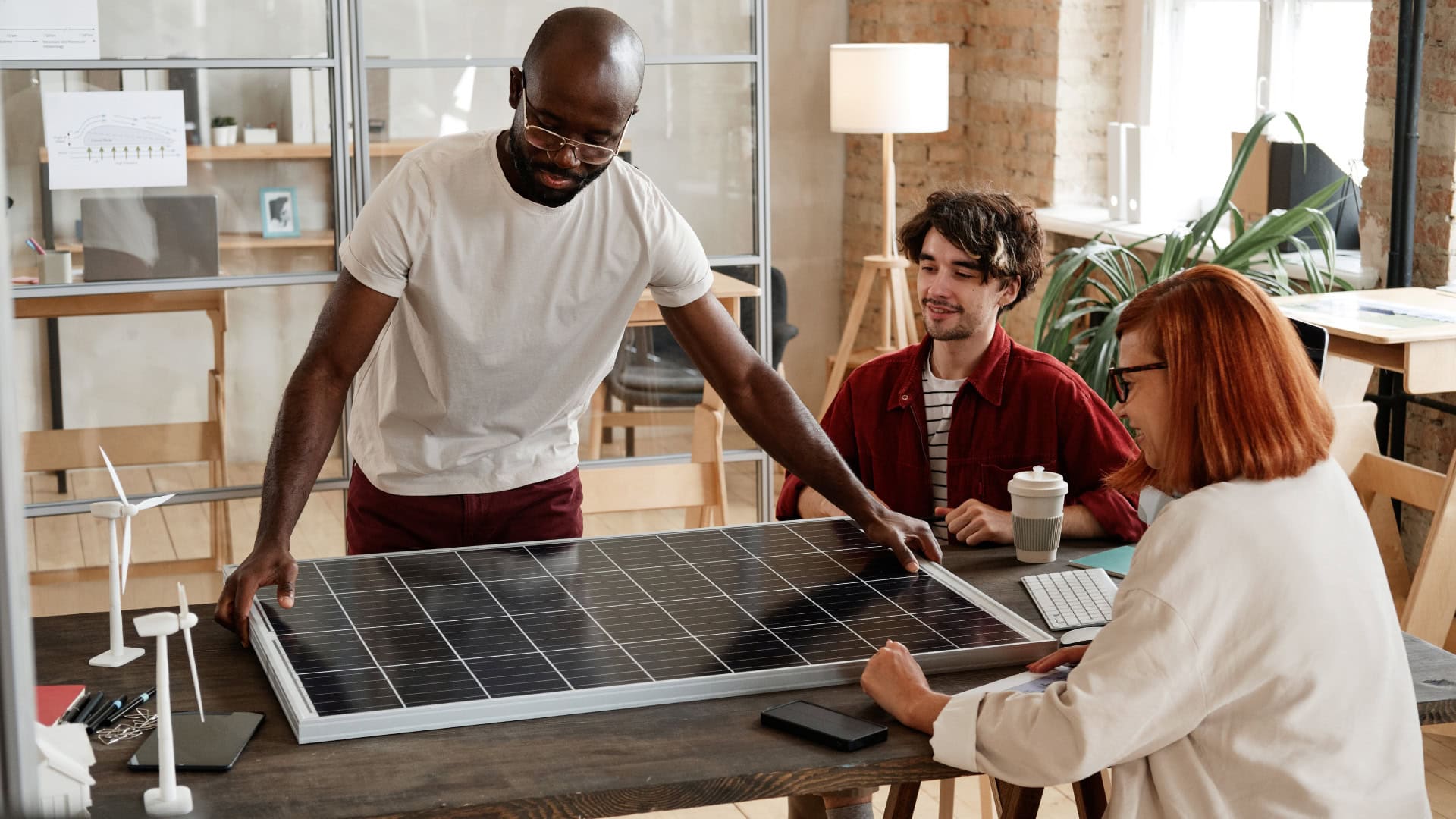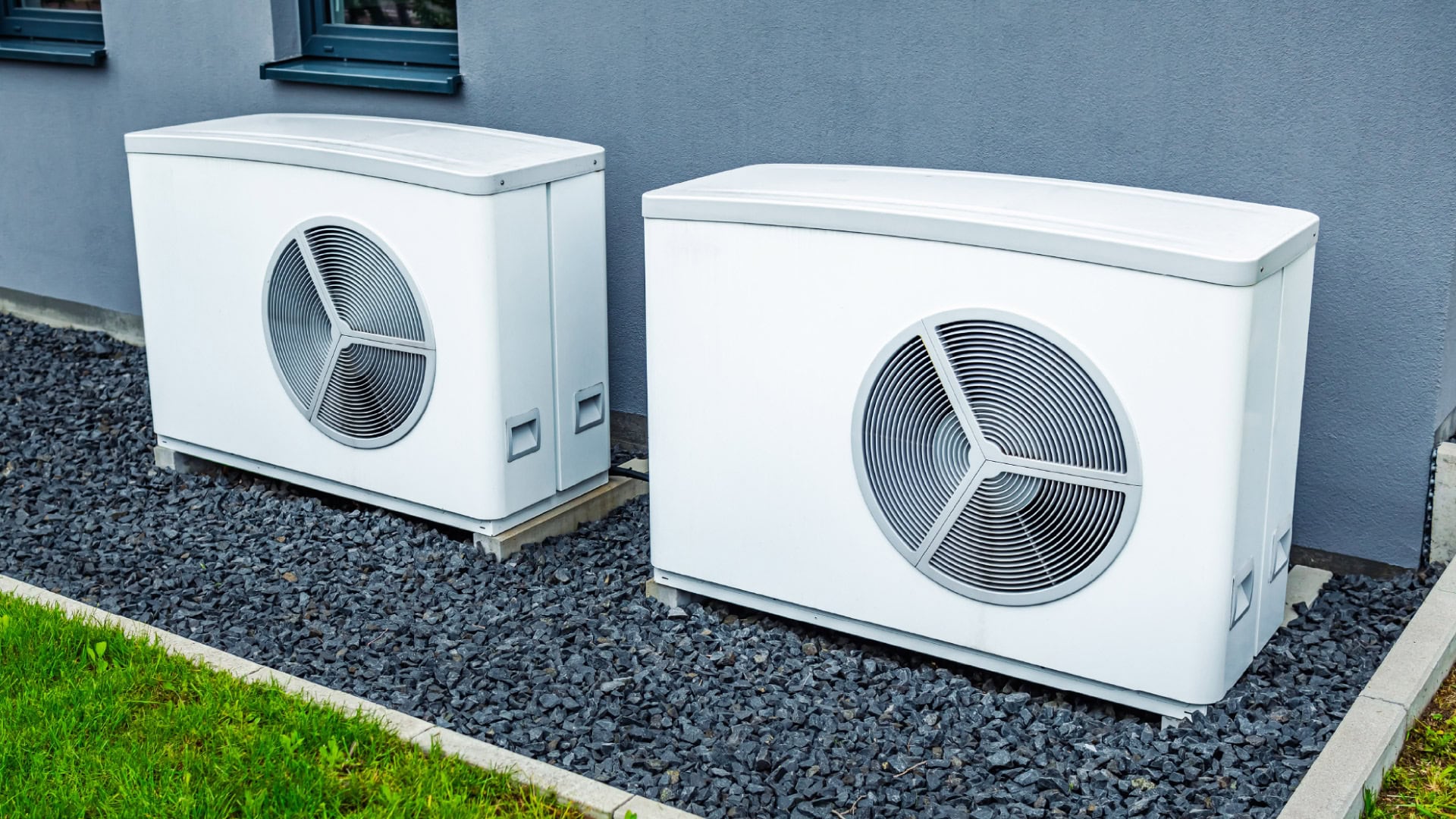In today’s digital age, our homes are filled with gadgets and devices that make life more enjoyable, convenient, and fun. But did you know that every time you fire up that gaming console, binge-watch your favourite shows, or style your hair with a straightener, you’re not just having fun—you’re also spending money? Understanding the hidden costs of these activities is essential, especially when teaching kids about responsible energy use and the impact it has on both the environment and the family budget.
The Hidden Costs of Gaming Consoles
Let’s start with gaming consoles. For many households, they’re the centerpiece of entertainment. But these devices are not as harmless as they seem. A gaming console, if used regularly, can cost you around £40 a year in electricity. While this might not sound like a lot, it adds up when you consider the other devices in your home. If your child plays games for just a couple of hours a day, that’s a consistent draw on power that translates directly into higher energy bills.


The Price of Binge-Watching
Next, let’s talk about the beloved TV. Whether it’s family movie night or a marathon of the latest series, the television is often on for hours at a time. A typical 40-inch LED TV costs about £30 a year in energy if used for 4 hours a day. However, many families watch more than that, especially on weekends. The more you watch, the more it costs. It’s easy to lose track of time when you’re engrossed in a show, but being mindful of how much the TV is on can make a significant difference over time.
Hair Straighteners: Small but Significant
Hair straighteners may seem like small, insignificant devices, but their energy use can be surprising. If used daily, hair straighteners can add around £15 to your yearly electricity bill. It’s a small luxury that many of us don’t think twice about, but it’s another example of how everyday habits contribute to the overall cost of running a home.

The Surprising Cost of “Idle” Devices
Many people don’t realise that even devices in standby mode, like your Alexa, can cost money. Leaving your Alexa in idle mode adds about £5 a year to your electricity bill. It’s a minimal cost, but it’s still something to consider, especially if you have multiple smart devices in your home.
Similarly, leaving an LED light bulb on all day can cost you £20 a year. It’s easy to forget to turn off a light, especially during the day when you’re not even benefiting from it. Teaching kids to turn off lights when they leave a room is one of the simplest ways to reduce unnecessary energy use.
The Cost of Comfort: Boiling Kettles and Long Showers
For those who can’t start their day without a cup of tea or coffee, the kettle is a must-have. But did you know that boiling the kettle just three times a day can add £40 a year to your electricity bill? It’s another small habit that, when multiplied across the household, can significantly impact your energy costs.


And then there’s the shower. A 30-minute shower might be a great way to relax, but it’s also the most expensive activity on this list. Taking a long, hot shower every day can add a whopping £200 per year to your energy costs. This is a stark reminder that our comforts have a cost, both financially and environmentally.
Teaching Kids to Be Mindful
Teaching kids to be mindful of how they use these devices isn’t just about saving money—it’s about understanding how our choices impact the world. By being aware of the costs associated with everyday habits, children can learn to make more informed decisions about how they use energy.
Encourage them to think about whether they really need to leave the TV on as background noise or if they can cut their shower time down a bit. Simple changes can make a big difference over time.

Conclusion
Understanding the true cost of everyday activities is crucial for managing household expenses and reducing environmental impact. By teaching kids to be mindful of their energy use, we can help them develop habits that are both financially and environmentally responsible. Whether it’s turning off the lights when leaving a room, cutting down on gaming time, or boiling just the amount of water needed, these small changes can lead to significant savings and a more sustainable lifestyle.






